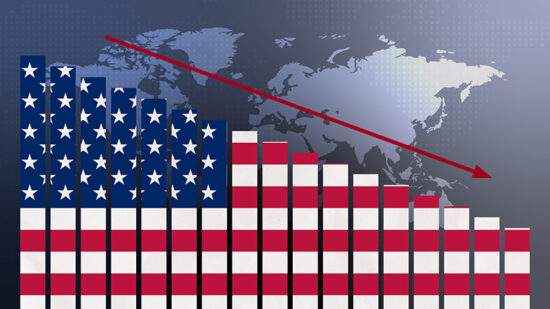India’s benchmark stock index BSE Sensex crossed the magical 60,000-mark, outperforming regional peers and making it one of the best performing benchmarks among major global markets, recording growth of 25% this year.
The timeline of the market’s journey to the peak is impressive. It took the index just 166 sessions to gain its latest 10,000 points, compared with the 414 sessions it took to cover the previous 10,000. It has been an eventful jouney from the 1,000-mark in July 1990 to 60,000 points on 24 September, 2021.
The 50,000 and 60,000 levels have been recorded in the first nine months of 2021 alone after a pandemic-triggered crash in 2020.
More than the foreign institutional investors and domestic institutions, what has fuelled the rally is the entry of millions of first-time investors, including NRIs, attracted by the huge reported returns for retail investors. Global funds also chipped in, infusing almost $9bn (£6.65bn, €7.71bn) into the Indian market.
First-time investors
“As happened during the past rallies, there have been thousands of first-time investors from the NRI community. As online trading options are open to all investors, NRIs tend to burn their fingers as they are guided by hearsay and greed rather than market knowledge or intelligence. Almost all indulge in stock trading on sentiments rather investment decisions based on fundamentals,” said CS Raghavan, chief representative, Gulf, Confederation of Indian Industry.
NRIs looking to invest in the Indian markets are often confused by the wide range of choices in a volatile market. Very few seek professional advice before investing. They often end up in losses, quite often losing their entire wealth owing to imprudent investment decisions, Raghavan said.
Now, the market is expected to move in a calibrated manner after the index more than doubled since March last year, market experts say that this is a journey towards a much higher levels over the long term.
Some outlook reports predict a fast lane target of 100,000 points in the long run.
No speculation
For most NRIs, the safest investment assets are fixed deposits in spite of the low interest income, as low as 5.5% per annum, and they keep themselves away from the ‘speculative’ and risky stock markets. The young and the adventurous lot take a calculated risk, but end up in net losses.
“If [NRIs] invest in the market on professional advice, there are remote chances of big losses. At least they can protect their capital. They can still engage with the market and derive benefits through mutual funds route,” said AS Elavarasan, chairman, Aspa Management Consultancy & Chartered Accountants, Dubai.
For NRIs planning to invest for long-term goals, stocks present an ideal wealth creation opportunity.
The range of mutual funds is quite exhaustive. There are funds that invest in large cap stocks or blue chip stocks, mid-cap stocks which are smaller companies than large caps, but have good growth prospects. Thematic and sectoral funds are also available to those who wish to invest in banking, technology or infrastructure sectors.
Several mutuals
Equity mutual funds spread out the risk in equities by investing in a basket of stocks. All mutual fund houses allow NRIs to invest in their schemes. The best option for long-term investors are flexi-cap funds that invest across market segments.
NRIs can opt for mutual fund schemes in India that invest in stocks listed abroad which have shown impressive growth in the past. The suggested funds are pure equity funds that invest part of their corpus abroad, international funds that invest abroad through the fund of funds and exchange-traded fund structure, thematic funds, and country-specific funds.
Total investments by Indian mutual funds in stocks listed abroad have grown over three and half times during financial year 2021.
Total foreign assets of Indian fund houses almost quadrupled to INR 208.85bn (£20.81bn, $28.12bn, €24.11bn) by end-March 2021 from INR 58.08 bn as of end March 2020.








